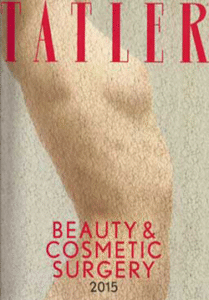Over the course of a lifetime, our necks are subject to sun exposure and the effects of gravity, both of which naturally lead to the signs of ageing. The common signs of ageing in and around the neckline are a loss of structure, sagging skin, and occasionally neck thickening or band-link neck muscles which only …
Refer a friend and earn a $50 credit!
Take the next step and schedule a visit today
Fill out my online form.
Take the next step and schedule a visit today
Fill out my online form.









